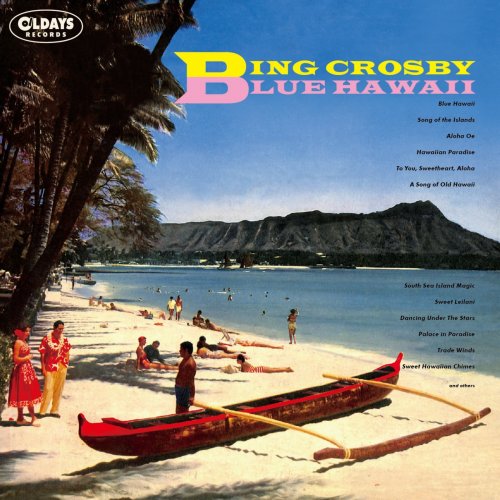Mustafa Ozkent ve Orkestrasi - Genclik Ile Elele (2016) LP
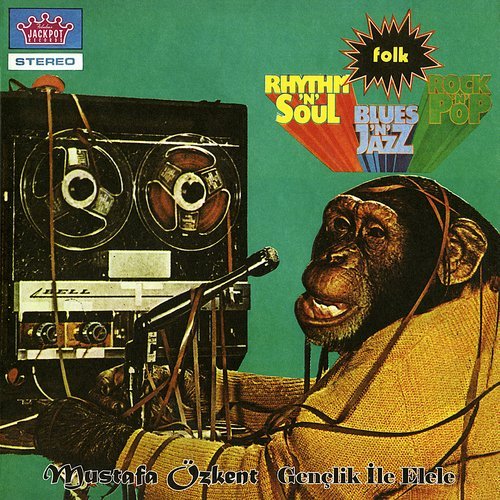
Artist: Mustafa Ozkent ve Orkestrasi
Title: Genclik Ile Elele
Year Of Release: 1973/2016
Label: Jackpot Records (JPR031)
Genre: Psychedelic Funk, Jazz-Rock, Psychedelic Rock, Pop
Quality: FLAC (tracks) 24/192
Total Time: 00:30:29
Total Size: 1.35 GB
WebSite: Album Preview
Tracklist:Title: Genclik Ile Elele
Year Of Release: 1973/2016
Label: Jackpot Records (JPR031)
Genre: Psychedelic Funk, Jazz-Rock, Psychedelic Rock, Pop
Quality: FLAC (tracks) 24/192
Total Time: 00:30:29
Total Size: 1.35 GB
WebSite: Album Preview
01. Uskudar (2:02)
02. Burcak (2:55)
03. Dolana (4:35)
04. Karadir (2:55)
05. Emmioglu (3:01)
06. Carsamba (2:18)
07. Zeytinyagli (3:45)
08. Silifke (3:34)
09. Lorke (2:24)
10. Ayas (3:00)
Come for the chimp; stay for the Turkish psychedelic funk. Mustafa Özkent’s instrumental album Gençlik Ile Elele was originally released in Turkey in 1973, and even if you’re a devotee of Anatolian pop music, it’s highly unlikely that you’ve ever come across that first pressing. But consumers who have been eating up exotic rock reissues for years may recognize its cover. If the simian wreaking havoc with a reel to reel tape player seems familiar, that’s because Finders Keepers reissued it ten years ago. While this music was previously available on CD in the US, Jackpot is making it available on vinyl for the first time in the States. After that come-hither chimp on the bold green background seduces you with its “Buy me!” eyes, will you find that the album lives up to its cover? Not quite—but what would?
This wild variation on funky library music was originally credited to Özkent and Orkestrasi and featured unusual instrumentation: two drummers, two guitarists, two percussionists, a bass player and a Hammond B3. To approximate quarter-notes and Turkish scales, Özkent modified guitars to include extra frets (the notes for the Finders Keeper release called him a “Turkish Harry Partch).” He also built an array of distortion pedals. Özkent cared about sound and its variations, and you can hear it in the mix: On a typical track, stereo separation places a drummer in each channel, one hitting fills while another keeps a steady beat.
The album’s ten tracks are concise, none lasting more than four and a half minutes and most clocking in under three. “Üsküdar’a Giderken” opens the album with a deft lead guitar that sounds like exotic surf music—indeed, The Shadows and the Ventures were reportedly major influences on the early rock scene in Istanbul. “Burcak Tarlari” launches with the kind of beats that make this a DJ favorite, with drummers in opposite channels setting up a heavy shuffle before effects-laden lead guitar adds a sinuous line over funky chicken-scratch rhythm guitar. It’s a strange Anatolian hybrid of Hank Marvin and James Brown. “Dolana” ups the tempo with faster funk guitar, more rippling fuzzy lead and Hammond textures sustained to mimic the sound of a spaceship, while the rhythm section is driven by an aggressive, slapping bass line.
The sparer “Karadır Kara” showcases the orkestrasi’s percussionists for a few bars before the rest of the band comes in. The lead guitar here sounds as if it’s vocalizing, seemingly anticipating the guitar vocalizer popularized on Frampton Comes Alive. Gençlik Ile Elele did not go platinum. It’s hard not to hear this music as exotic kitsch, but the instrumentation and musical ideas are unusual enough that it sounds fresh. While the funk guitars may be familiar sound, the guitars and percussion keep this music compelling—in limited doses. Its tracks end up sounding similar, lacking the varied approaches of Anatolian rockers like Barış Manço or Erkin Koray. Still, Gençlik Ile Elele fits a very specific mood that you won’t be able to fill with any other album.
-- Pat Padua
This wild variation on funky library music was originally credited to Özkent and Orkestrasi and featured unusual instrumentation: two drummers, two guitarists, two percussionists, a bass player and a Hammond B3. To approximate quarter-notes and Turkish scales, Özkent modified guitars to include extra frets (the notes for the Finders Keeper release called him a “Turkish Harry Partch).” He also built an array of distortion pedals. Özkent cared about sound and its variations, and you can hear it in the mix: On a typical track, stereo separation places a drummer in each channel, one hitting fills while another keeps a steady beat.
The album’s ten tracks are concise, none lasting more than four and a half minutes and most clocking in under three. “Üsküdar’a Giderken” opens the album with a deft lead guitar that sounds like exotic surf music—indeed, The Shadows and the Ventures were reportedly major influences on the early rock scene in Istanbul. “Burcak Tarlari” launches with the kind of beats that make this a DJ favorite, with drummers in opposite channels setting up a heavy shuffle before effects-laden lead guitar adds a sinuous line over funky chicken-scratch rhythm guitar. It’s a strange Anatolian hybrid of Hank Marvin and James Brown. “Dolana” ups the tempo with faster funk guitar, more rippling fuzzy lead and Hammond textures sustained to mimic the sound of a spaceship, while the rhythm section is driven by an aggressive, slapping bass line.
The sparer “Karadır Kara” showcases the orkestrasi’s percussionists for a few bars before the rest of the band comes in. The lead guitar here sounds as if it’s vocalizing, seemingly anticipating the guitar vocalizer popularized on Frampton Comes Alive. Gençlik Ile Elele did not go platinum. It’s hard not to hear this music as exotic kitsch, but the instrumentation and musical ideas are unusual enough that it sounds fresh. While the funk guitars may be familiar sound, the guitars and percussion keep this music compelling—in limited doses. Its tracks end up sounding similar, lacking the varied approaches of Anatolian rockers like Barış Manço or Erkin Koray. Still, Gençlik Ile Elele fits a very specific mood that you won’t be able to fill with any other album.
-- Pat Padua
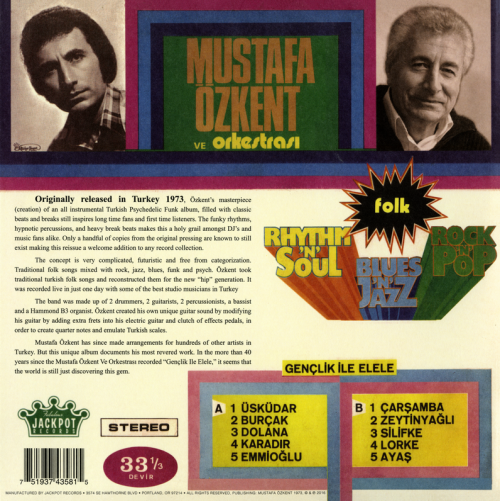

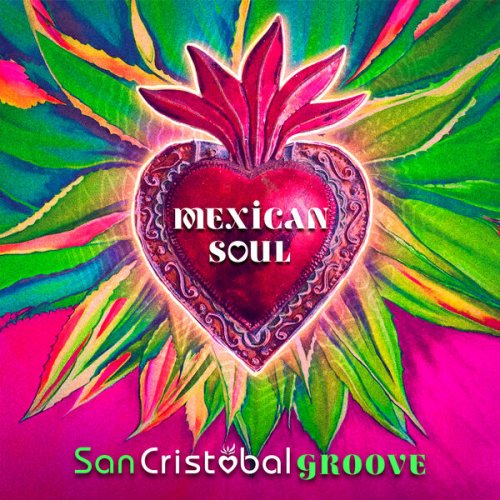
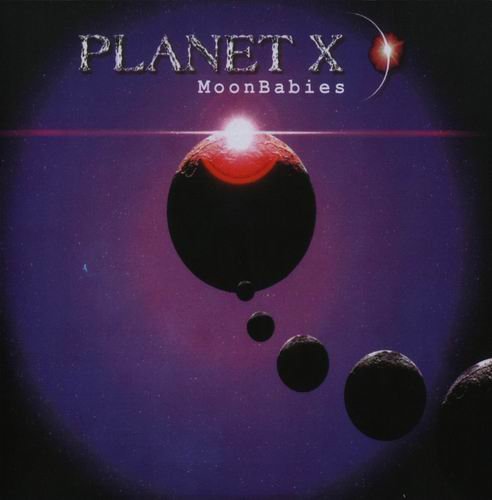
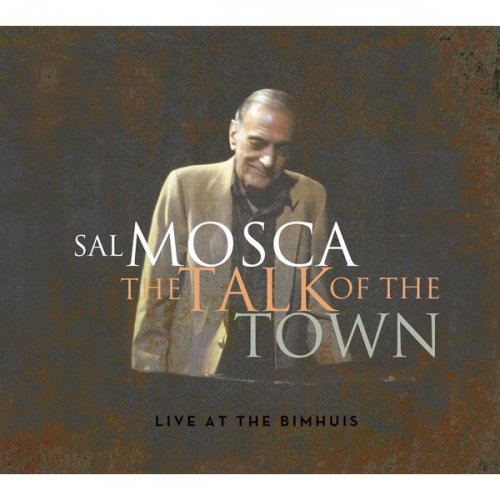


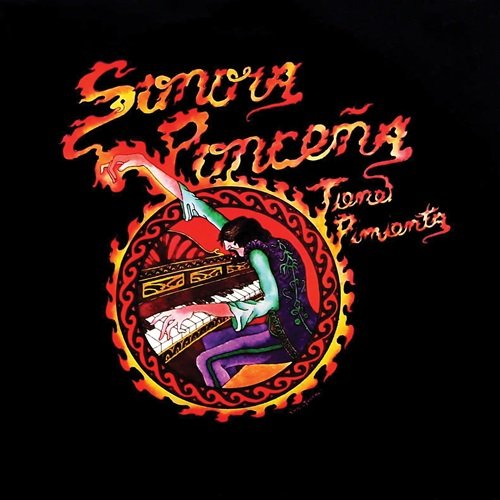
![Ben Aylon, Roei Hermon - SMALL ROOM IN DAKAR (2025) [Hi-Res] Ben Aylon, Roei Hermon - SMALL ROOM IN DAKAR (2025) [Hi-Res]](https://www.dibpic.com/uploads/posts/2025-12/1765640683_pl8lfacmwajwc_600.jpg)
